Toy factories face fight for survival
Updated: 2014-12-25 08:04
By Xu Wei(China Daily)
|
|||||||||
"They have to upgrade their facilities and technologies to keep competitive on the international market," Mao said.
To move further up the value chain, many of Yunhe's toy producers have started to realize the importance of building their brands.
A decade ago, the country had just 11 recognized wooden toy brands; now there are more than 240, according to the toy association. But branding can be expensive.
Liao Fuxin, vice-president of the China Toy Association and president of Zhejiang Xinyun Wood Industry Group, Yunhe's largest wooden toy producer, said his company has 70 percent of its products made through OEMs, with 30 percent being its own brands. It is targeting parity in the two categories in the next two years.
Liao said compared with the company's own brands, OEM products bring about much higher margins. It also functions as an original design manufacturer for retailers such as US retail giants Wal-Mart Stores Inc and Costco Wholesale Corp. "We are in charge of the design and manufacturing process. But products have to be rebranded for specific target markets," he said.
Liao concedes that the business model might not be sustainable long term-but "we are trying to pitch our own brands to consumers whenever possible", he said.
Also vexing many of the toymakers are the frequent changes in technical standards of some of their target markets.
"The technical barriers to trade in the developed markets, especially, are adding hefty financial pressure. All the companies here are working hard to keep up, raising the safety standards of products," Liao said.
The EU makes the most frequent changes, according to Yao Ting, an official with the Lishui Entry-Exit Inspection and Quarantine Bureau.
The standards on the sounds produced by toys, for instance, have been revised twice in recent years. But despite the changing standards, the county has maintained a record on product safety, with not one single alert on quality issued from the EU or US for 60 consecutive months.
Yunhe is one of nine national quality and safety demonstration zones now certified by the AQSIQ for industrial export products.
"The changing standards and high requirements actually offer companies the opportunity to improve products quality," Liao said. "Without the technical barriers, Yunhe's toy industry would not have prospered as it has."
The standards expected of this often labor-intensive industry also mean that companies constantly remain under pressure to upgrade their equipment, an issue becoming all the most urgent as labor costs rise, and staff shortages grow.
More than 20,000 people, or one-fifth of the county's population, are employed in the toy industry, but fewer remain willing to do the work due to its often-tedious nature.
"Young people would not do this job. In most cases we can only recruit women in their 30s or 40s," said Lin Hongbing from Zhejiang Hongyuan Toy.
Many toymakers, including Lin's company, have automated some of their production, on painting, for instance.
Mike Sagan, supply chain director for the US-based toymaker KidKraft, which buys more than 2 million sets of toys from the county annually, believes Yunhe's competitive edge remains in the skill of its workers. But he also warns that its competitiveness could be lost without adequate investment in machinery and technology.

 Christmas mood in the air across China
Christmas mood in the air across China
 Ethnic Tajik life through the lens of a solider
Ethnic Tajik life through the lens of a solider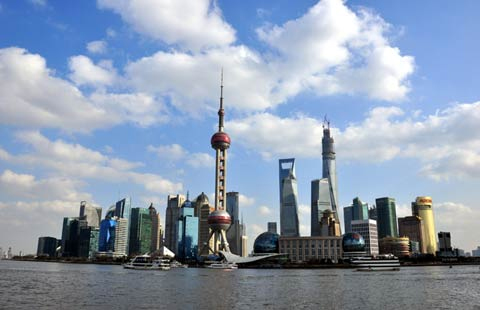
 Top 10 international financial centers
Top 10 international financial centers
 Chinese dancer joins Nutcracker
Chinese dancer joins Nutcracker
 Learning, giving back through basketball
Learning, giving back through basketball
 Telling stories of the Chinese who fought for US
Telling stories of the Chinese who fought for US
 Yearender: Culture prohibitions in 2014
Yearender: Culture prohibitions in 2014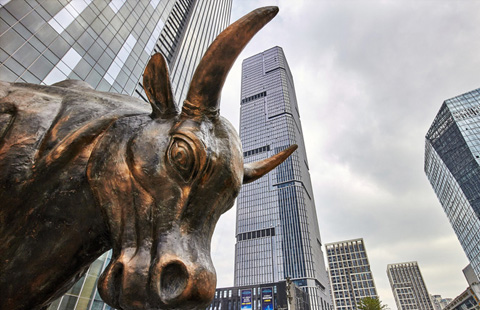
 Top 10 economic events in 2014
Top 10 economic events in 2014
Most Viewed
Editor's Picks

|
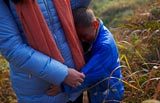
|
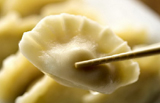
|

|
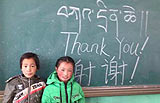
|

|
Today's Top News
Florida lobsters find a market in China
Stiglitz has harsh words for US policy makers on China
Uber hits speed bumps in China
China, US look at assessing food quality
Ex-President George H.W. Bush taken to hospital
NY steps up to aid slain officers' kin
Spree killer seized in south China
Jackie Chan says he did not use connections to help son
US Weekly

|

|








